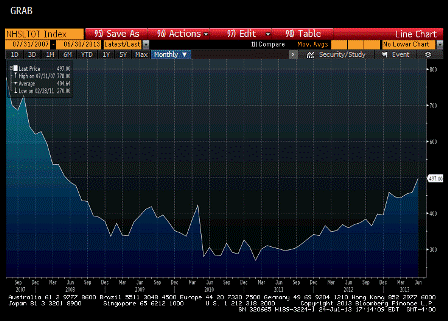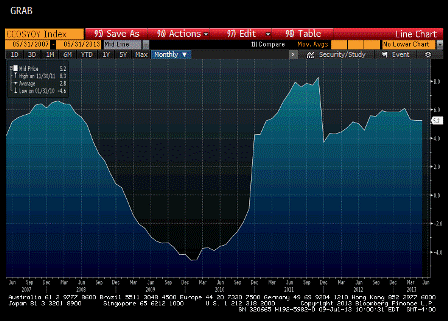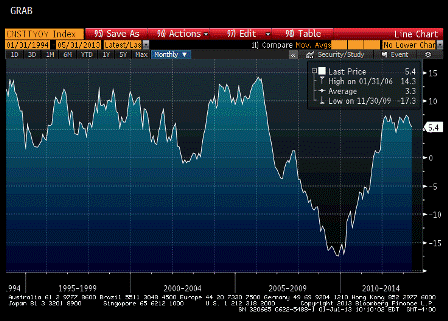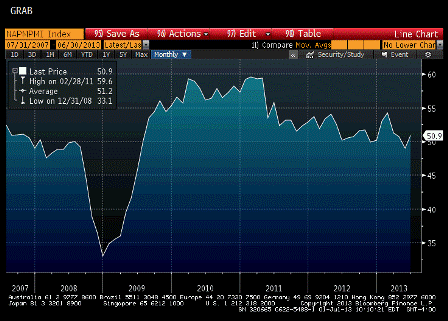Note that with the downward revisions it looks like things went flattish for housing through at least May, presumably due to the fiscal adjustments. And June is subject to revision the same way the prior months were, all with the backdrop of Q2 estimates now revised down towards 0.
Most are now looking for the fiscal pressure to let up in Q3, and therefore are expecting stronger numbers, while others see it lingering through Q3.
I see further risk that the fiscal damage has sufficiently slowed the growth of the consumer’s income to the point the growth in consumer spending continues to decelerate below the approx. 2.5% estimates I’m seeing for Q2.
In any case I don’t see jobs staying at 200,000/mo with GDP near flat for long.
The question is how the gap closes- higher GDP or fewer jobs.

Full size image



